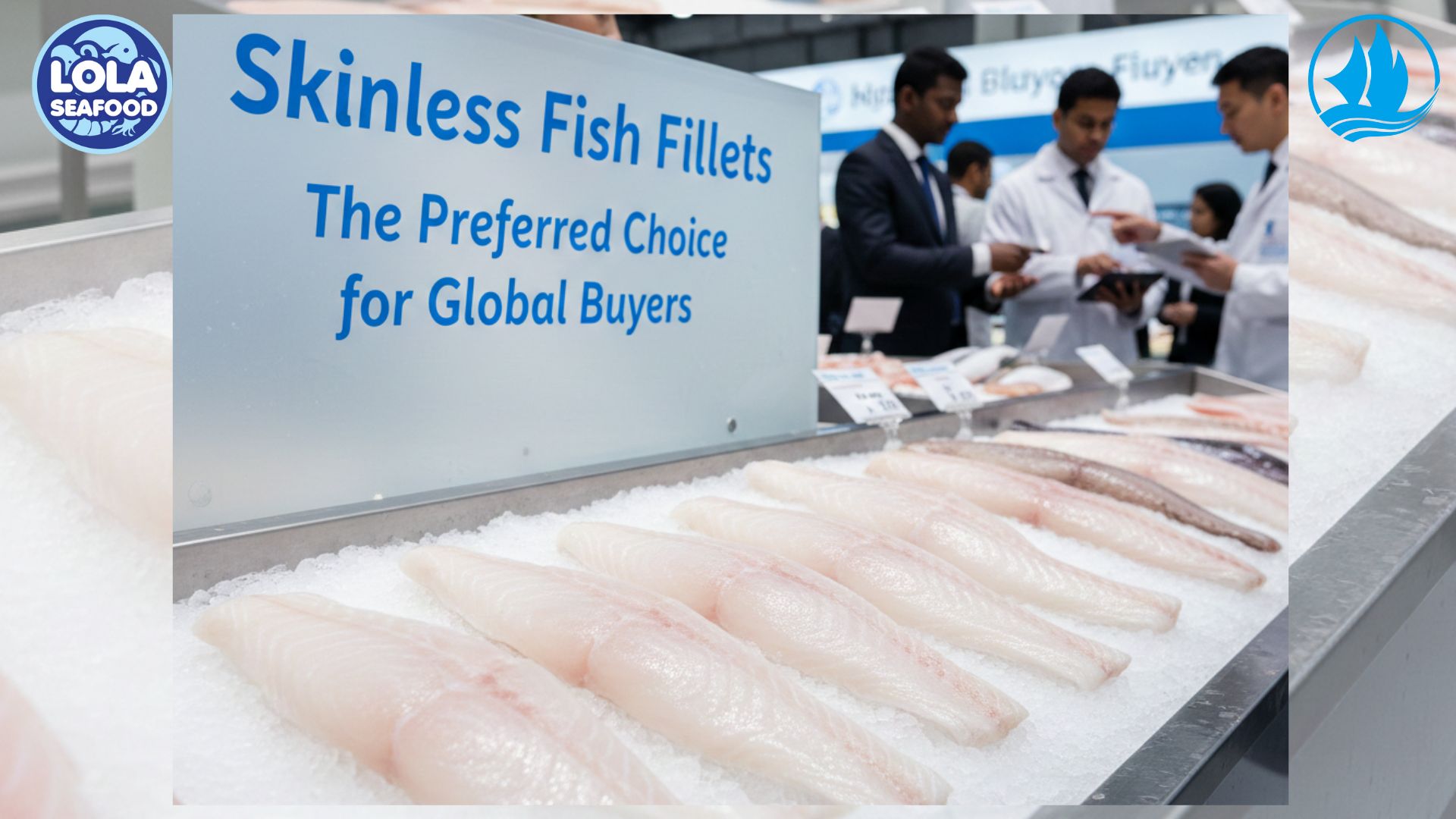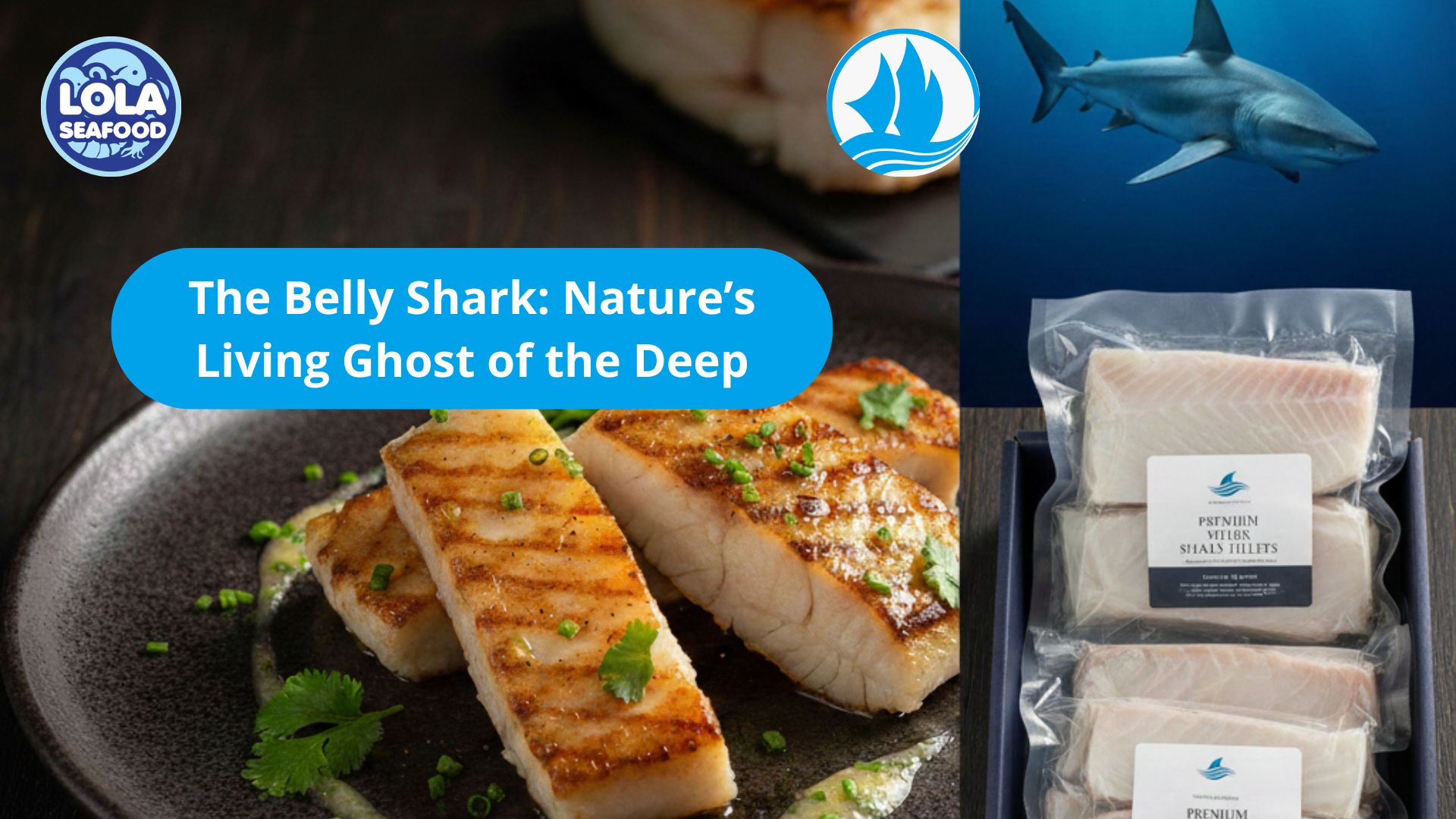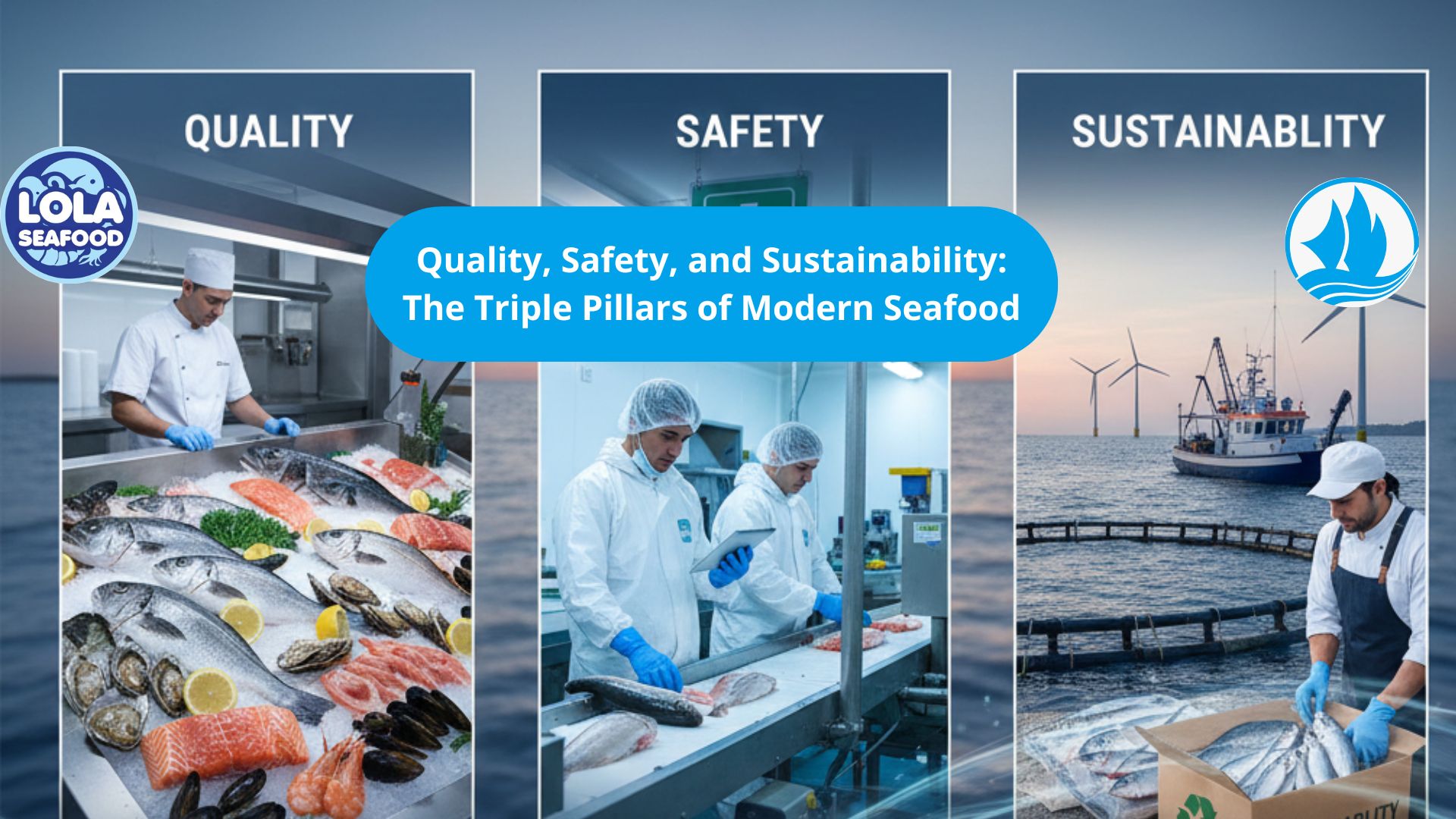THE COLOUR OF SALMON
By. Najih - 03 May 2024.jpg)
The colour of salmon scales differs based on species. Wild salmon flesh ranges in colour from pink to orange-red.
Pink
The colour that we are most familiar with when it comes to salmon flesh is pink. The pink hue results from astaxanthin. In the wild, salmon obtain astaxanthin as a normal part of their diet, which consists of shrimp and krill that in turn consume microalgae and phytoplankton. These organisms produce astaxanthin naturally. To achieve the pink hue, farmers feed their fish a version of astaxanthin that is created synthetically using petrochemicals, as an additive to the kibble.
Orange
Salmon that have an orange hue to their flesh have consumed a larger amount of astaxanthin than the fish that have pink flesh, but less than those that appear red when killed and cut. For wild fish, whether their flesh is pink, orange, or red in hue is determined by how much astaxanthin they have been able to catch or find to consume as part of their natural diet, but for farmed fish astaxanthin is an additive.
Red
A red hue to salmon flesh means that while alive the fish ate a large amount of astaxanthin. Because of the high cost of synthetic astaxanthin, this colour is typically found in wild-caught salmon. Farmers are likely to feed the fish they are raising enough of the additive to reach a pink or even orange colour, but not enough to reach a deep red.
Grey or white
The flesh of farm-raised salmon would be grey if it weren’t for the addition of what is effectively a dye, to give the steaks and other cuts of the fish a pink hue. In captivity, salmon are not fed the same food they would eat in the wild but rather are most commonly given a kibble composed of fish and oils from smaller fish, gluten, chicken fat, and a hodgepodge of other ingredients. The farmer is also likely to be including synthetic astaxanthin as an additive.








